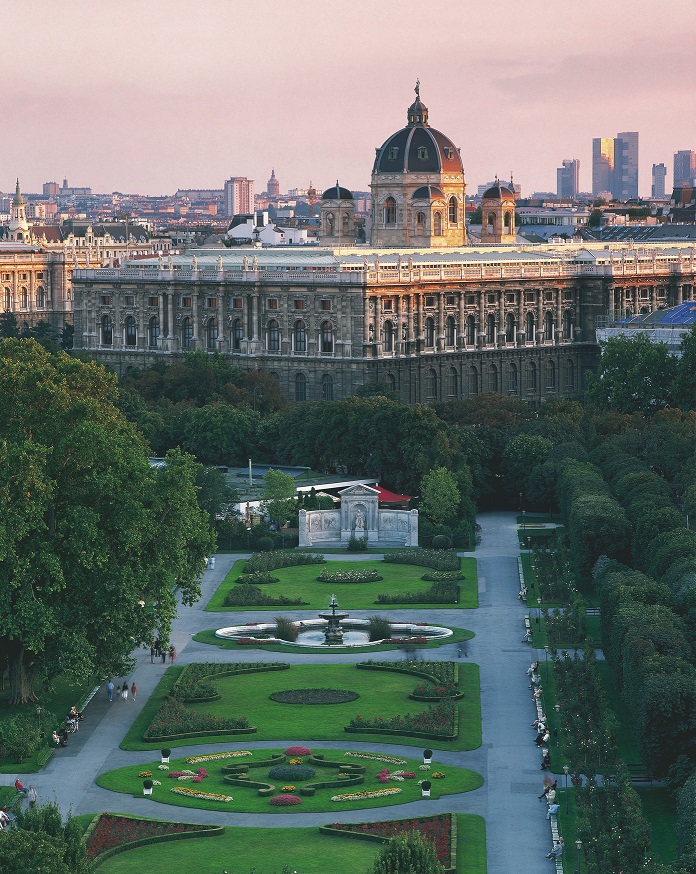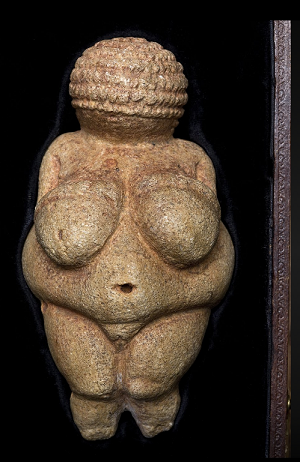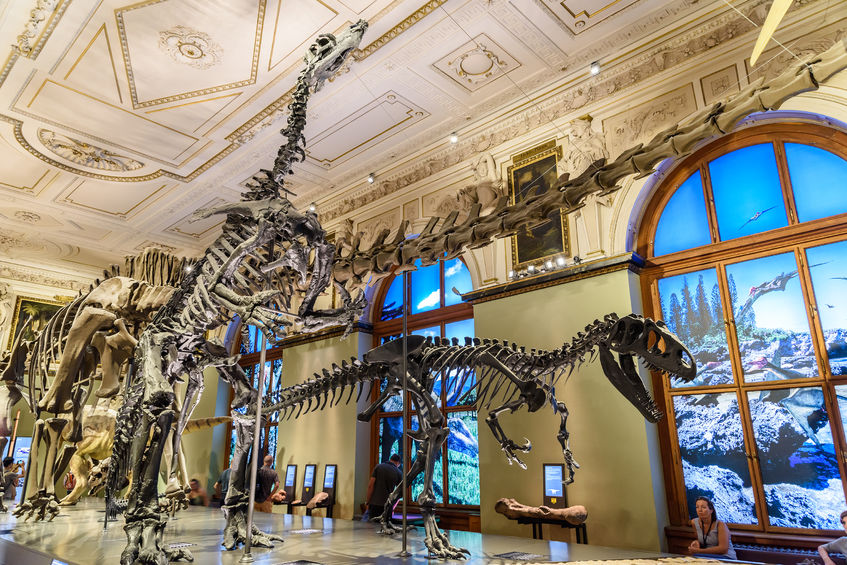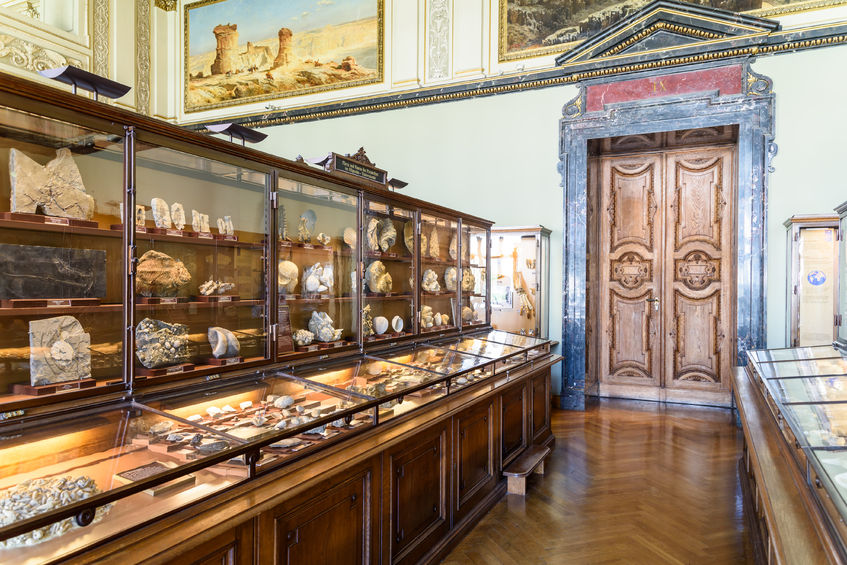In the Natural History Museum in Vienna, there is much to see and discover. Whether the world-famous Venus von Willendorf (a stone figure that was made around 25,000 years ago) or impressive dinosaur skeletons, visitors both young and old will be amazed at the collection of the 125-year-old museum in the centre of Vienna. Here, you can also marvel at the largest meteorite collection in the world. As of late, the highlight that is the digital planetarium has also been drawing visitors and features ongoing special events.

Natural History Museum
The journey through the museum is equally one through time – from prehistoric times to today, the journey passes by fossils, single-cell organisms and dinosaurs, through microcosms, the Ice Age and evolution, to vertebrates.
Sie sehen gerade einen Platzhalterinhalt von Standard. Um auf den eigentlichen Inhalt zuzugreifen, klicken Sie auf den Button unten. Bitte beachten Sie, dass dabei Daten an Drittanbieter weitergegeben werden.
All kinds of permanent and special exhibitions will entice you to the perfect family day out – or on an exciting school excursion. However, the Natural History Museum is not just home to the exhibits and the Planetarium. A leading team of scientists working with earth sciences, biology, and human sciences work and research here, which is why the NHM Vienna is considered a competent place to go for the public and also the country’s largest research institute excluding universities.

The most significant object in the whole building and also one of the most famous archaeological finds in the word is the Venus of Willendorf, which is approx. 29,500 years old.

Permanent exhibitions and display collections
The extensive premises of the museum play host to display collections of minerals and rocks, meteorites, exhibits about geology and fossils, a separate area about the dinosaurs, and further in-depth journeys into prehistoric times and anthropology. The digital planetarium and the ice-age and evolution themes make the ground floor offering complete.
The upper floor of the collection focuses on microcosms, single-cell organisms, corals, molluscs, crabs, arachnids, insects, and vertebrates (fish, reptiles, amphibians, birds, and mammals).
The dinosaur hall is one of the most important attractions in the Natural History Museum. Large skeletons of the diplodocus, allosaurus, and iguanodon stand tall on the large podium, while a life-size model of a pteranodon hangs above the hall with a wingspan of 7 metres.

The evolution of life also plays a large role in the exhibit rooms. A great deal of exhibits and reconstructions illustrate the development steps of life history.

Tours and guides through the museum
The Natural History Museum offers different-themed general tours in the exhibitions. The tours are adapted to the age group (separate programmes for groups, schools, and nursery schools available) and prior knowledge of the participants.
You can borrow audio guides (these may be used with hearing aids) which take three themed paths through the museum:
Top 100 – 100 objects tell their story and invite you to discover more.
Languages: German, English, French, Italian, Spanish, and Russian.
Living prehistory – the most spectacular fossils in the museum tell the unbelievable success story of life on earth. Languages: German, French
Pathway for blind and visually impaired visitors (only available in German)
Fifteen detached exhibits from mineralogy, geology, and anthropology offer both optical and haptic access to their stories.
360-degree tours through the Museum:
Sie sehen gerade einen Platzhalterinhalt von Standard. Um auf den eigentlichen Inhalt zuzugreifen, klicken Sie auf den Button unten. Bitte beachten Sie, dass dabei Daten an Drittanbieter weitergegeben werden.
Mehr InformationenHow to reach the Natural History Museum in Vienna
Address: Burgring 7, 1010 Vienna Sie sehen gerade einen Platzhalterinhalt von Standard. Um auf den eigentlichen Inhalt zuzugreifen, klicken Sie auf den Button unten. Bitte beachten Sie, dass dabei Daten an Drittanbieter weitergegeben werden.
Public transport: Underground lines U2 or U3, stop: Volkstheater
Map:
Further details on the exhibits and events at the NHM
Our tip: The most important cultural treasures in the Natural History Museum Vienna can also be visited online. A virtual tour of the building’s top 100 objects was designed in cooperation with Google Arts & Culture.


